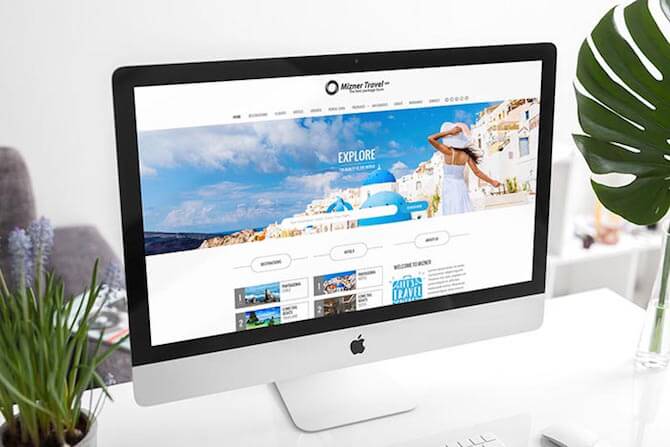Successful online marketing is sort of like assembling a jigsaw puzzle: To get the results you want for your business, all the pieces have to fit together.
Fortunately, the marketing professionals at “Lytron Lead Generation” are skilled at solving your online puzzle so you can maximize your connections with your customers and clientele.
Social Media Marketing
Today, one of the most important pieces of the puzzle is your social media marketing. An increasing number of customers now use social media platforms such as Facebook, Twitter, Instagram and others to get recommendations about local businesses, search for new products, and find the services they need.
Enhancing your social media profile is just one of the many tasks “Lytron Lead Generation” can help you achieve. Our social media marketing experts understand the intricacies of social media and can help you get the most mileage from your postings.
Fitting Puzzle Pieces Together – Search Engine Optimization
Search engines like Google, Yahoo, Bing and others are now the primary way people look for products and services. According to a recent study, for the first time ever people now buy more products online than they do in real world stores and malls.
So if you want to attract the highest percentage of prospective customers searching online for the types of products or services your business offers, your websites, home pages, online catalogs and other web pages need to be optimized.
“Lytron Lead Generation” has the skills, experience and knowledge in search engine optimization (SEO) techniques to maximize the number of people who find your business online. We can revamp your web pages so that they contain the features that Google and other search engines prefer.
Fitting Puzzle Pieces Together – Consistency and Branding
Another thing “Lytron Lead Generation” can help you with is your branding. It’s important that prospective customers encounter consistent branding across every online platform.
Providing your clients with consistent branding helps bring all the pieces of the online marketing puzzle together.



